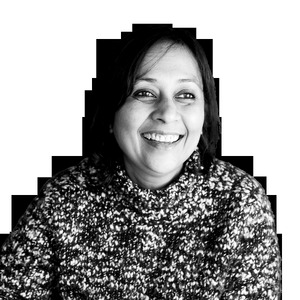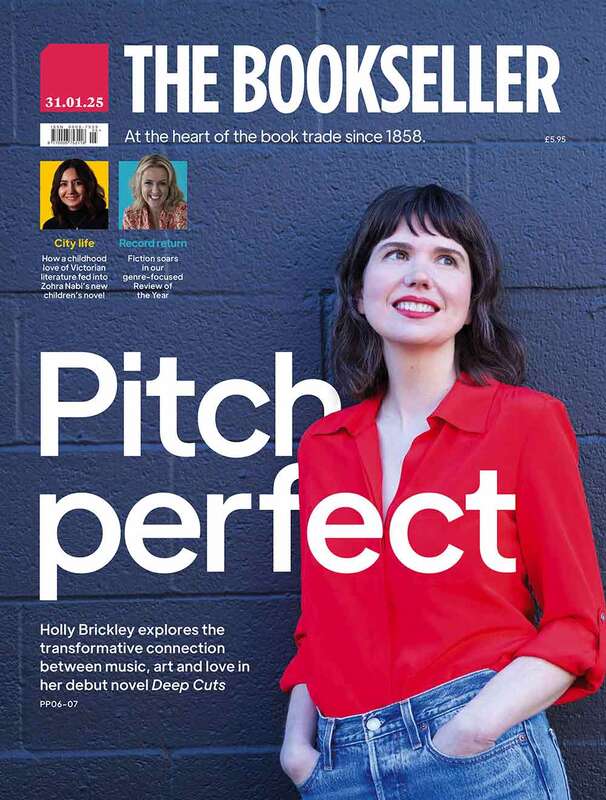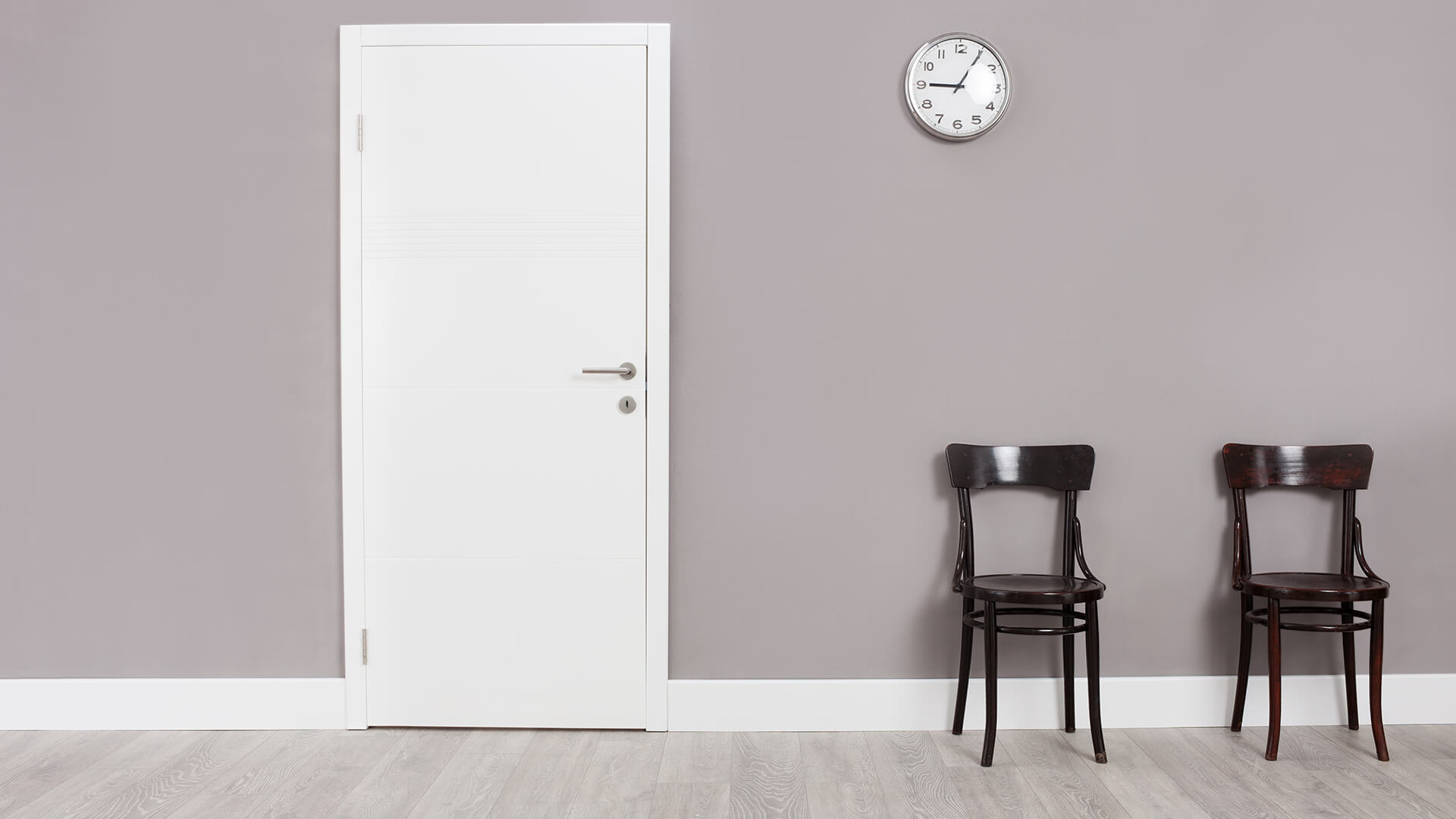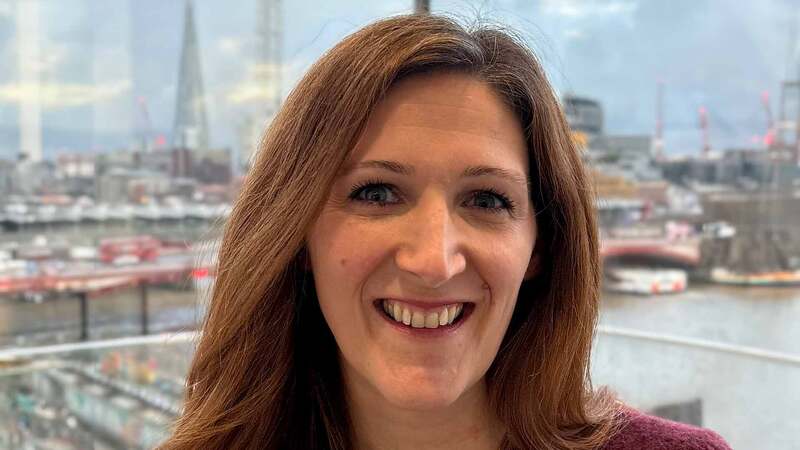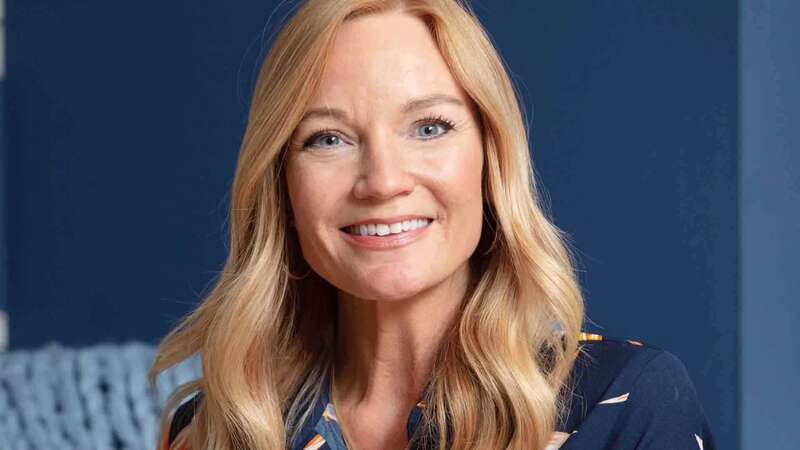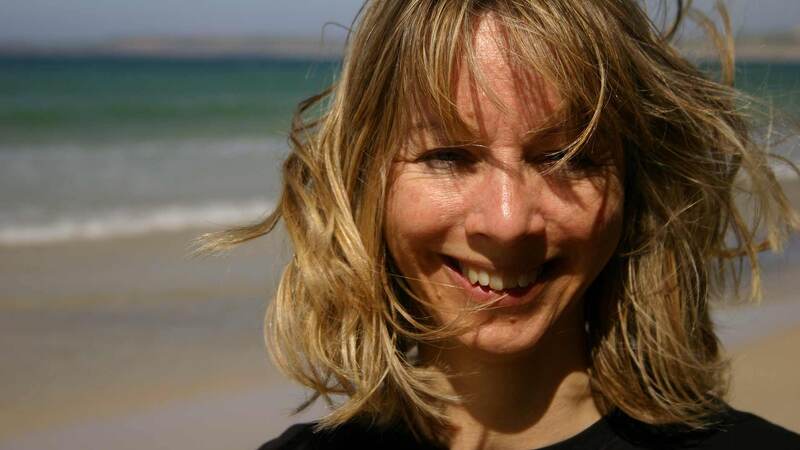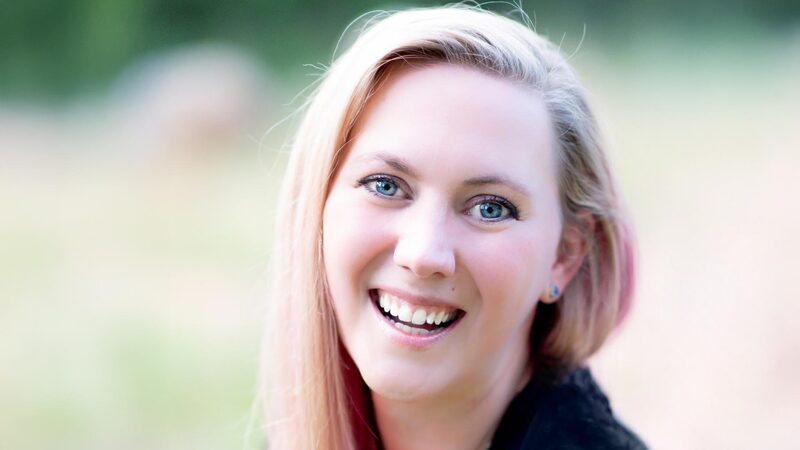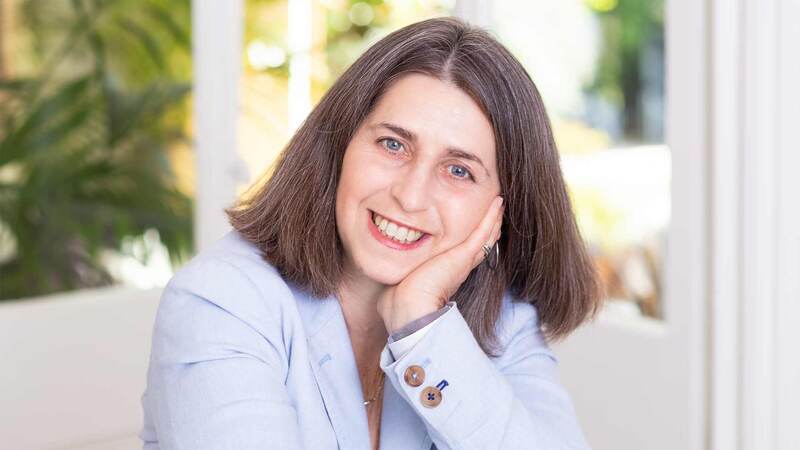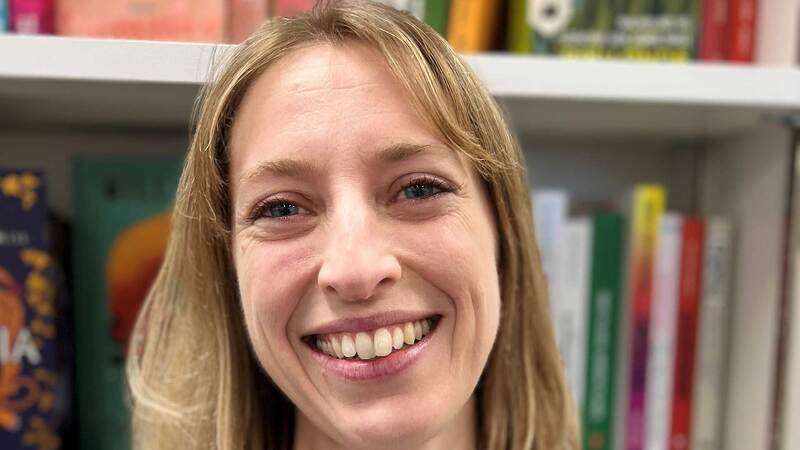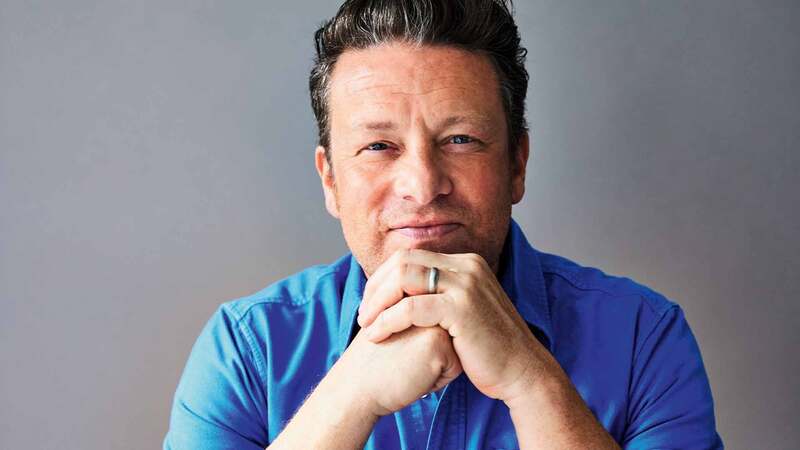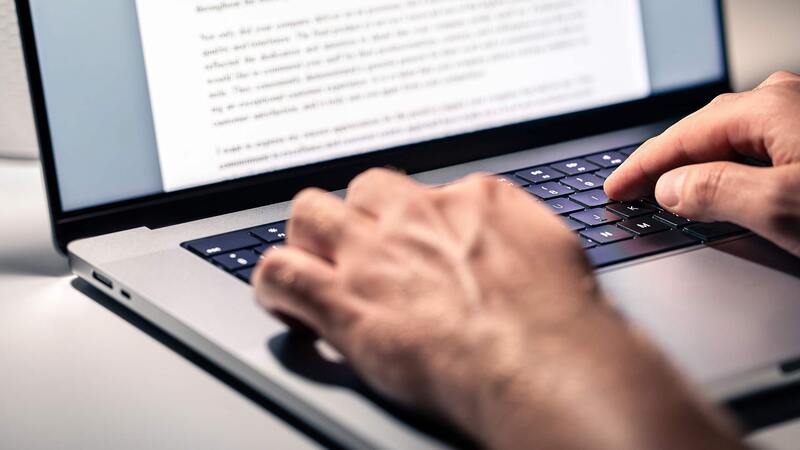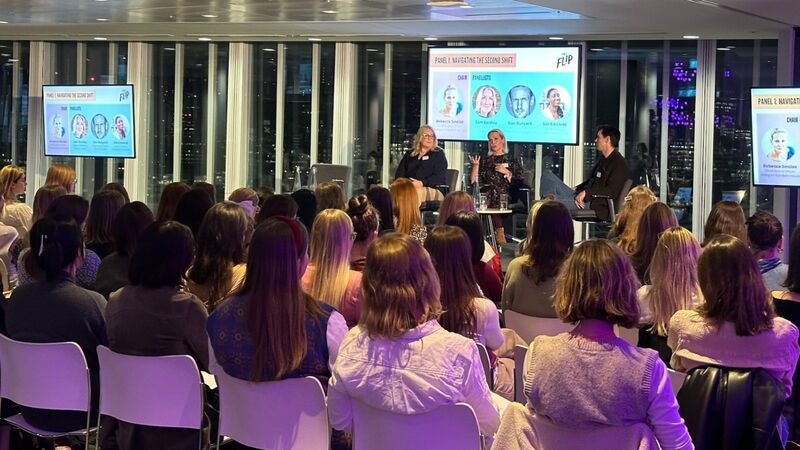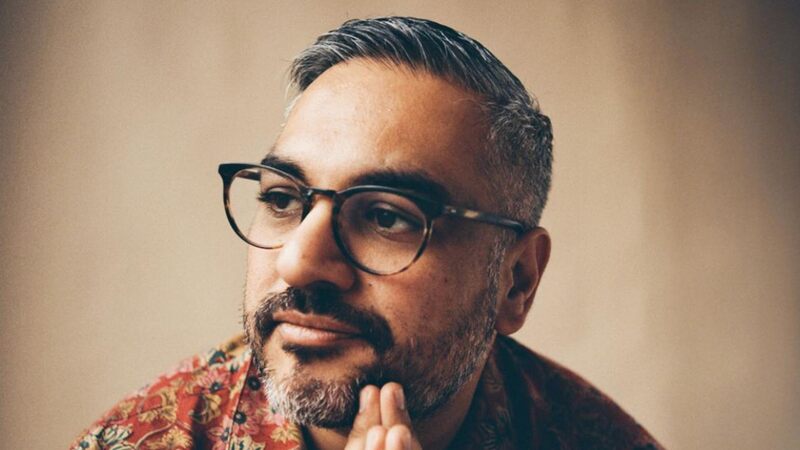You are viewing your 1 free article this month. Login to read more articles.
Different but equal: tackling biases and discrimination
We need to move to a framework of publishing where disability is acknowledged as different but accepted as equal.
It’s not a secret that disabled people face discrimination; this is when a person is put at a disadvantage for reasons relating to their disability. It can be shaped by implicit or explicit bias, and can include a one-off action, a microaggression or normalising non-disabled modes of behaviours. These biases impact disabled people, limiting their opportunities and excluding them from society.
It is easy to assume that everyone who belongs to a particular social group has similar expectations, desires, dreams. But that is not true and, much like any other form of identity, the notion of disability as a monolith is harmful. Disability is unique because even within this “label” there are a wide range of experiences and forms of disability, some visible and others invisible. This becomes even more striking when we talk about the intersection of our health conditions with our other identities in the form of gender, race, sexuality, class and so on.
People who hold more power in our society are closer to the idealised norms, such as “able-bodied” white men, who are likely to have more positive attributes assigned to them (halo bias). Those marginalised and on the fringes of society are likely to have more negative associations (horn bias). Those further away from the norms are likely to face more discrimination and stigma, in words and in actions. This is true for the publishing industry.
We all have biases and many of our biases have been learnt from the way we have been brought up, the books we read, the media we consume, and the people we interact with. We have seen that explicit biases about disability have shifted in recent years as we have had more open conversations around equality and discrimination, and we are more likely to see disabled people in books and on screens. But it is the unconscious, implicit bias that is taking longer to shift in our collective consciousness. These are automatic and much more difficult to control. We forget that so many of our judgements and evaluations of people and situations are based in stereotypes, and often harmful tropes that dehumanise and dismiss individual experiences and contexts. People with disabilities might be considered pathetic, helpless and dependent, and their bodily autonomy denied; or they could be classed as resilient and brave, and expected to inspire others with their courage.
Beyond the narrow view
We often see very narrow representations of disability, with honest views of invisible and hidden disabilities, especially those of chronic illnesses and mental health, still relatively rare and missing. Even when these are represented in books and films, there must always be an inspirational message where the person overcomes these difficulties or acts in a way that means their life provides a model for others. Life is not a Hallmark card. The normality of everyday life with a disability is not uninteresting and the industry must see the value of these narratives.
Disabled people also experience a lack of freedom to tell their stories without judgement and stigma: desexualisation, lack of privacy and dismissal of people’s lived experiences are forms of discrimination that can be driven by implicit biases. American author Jillian Weise received criticism for her book from an editor who “found it unlikely that the disabled protagonist would have slept with more than one person in her life”.
We have not had a moment of reckoning in our society with disability bias; not on the level that we have had with sexuality, gender and race in recent years. Much like #MeToo and Black Lives Matter, we need a movement that brings disability as a topic of discussion to the forefront, where we disrupt the ingrained ways of normative thinking as in feminism and queer theory.
The publishing industry has the opportunity to tackle the different forms of implicit biases, stereotypes and discrimination, ensuring we can hear a wide range of experiences to show that not all disabled people are the same. Once we acknowledge that our society centres “able-bodied” people, we can finally move forward to creating change for a more inclusive society, where individual experiences are valued, cherished and heard, and one where the “label” is a force for change rather than a way to lazily push people into boxes, shut the lid and keep them there.
Within publishing, we need to have more representation from disabled editors and agents who can find these stories “relatable” and can educate the world that books by disabled authors and about disability are not just for a niche readership. And while we need more personal stories of disabilities, we also need more books where characters happen to have disabilities rather than this being the central point of the narrative.
We need to move to a framework of publishing where disability is acknowledged as different but accepted as equal.
